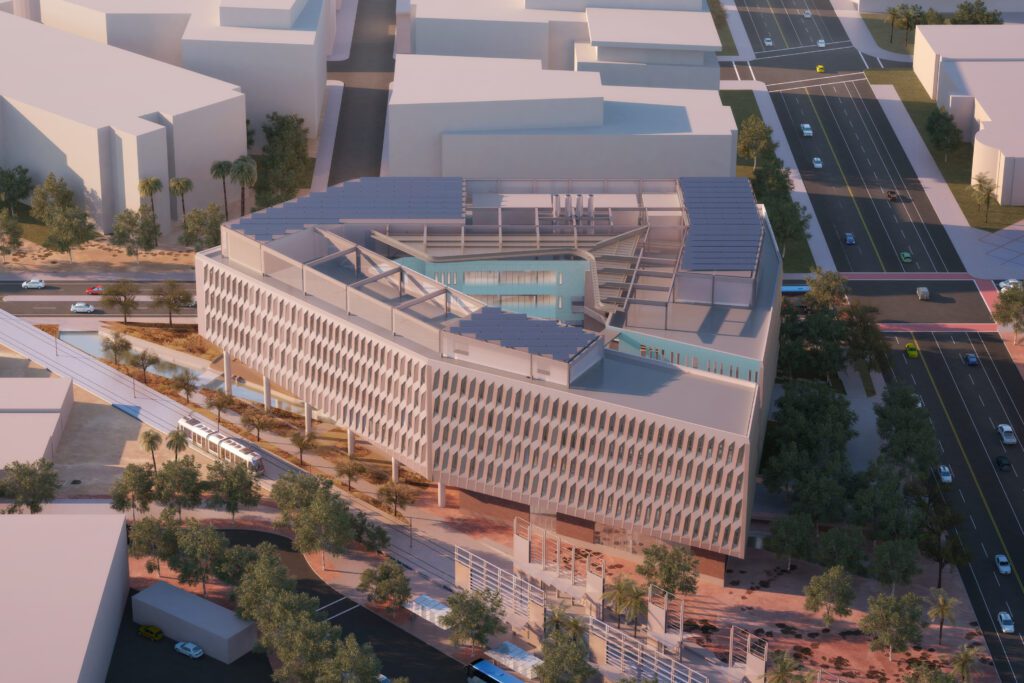Event Recap: Introduction to Embodied Carbon
Whole Life Carbon assessments are increasingly required to achieve the sustainability goals set by planning bodies, governments, and clients.
Whole Life Carbon Emissions are the combined emissions from the operation of a building (Operational Carbon) and the construction, maintenance, and deconstruction of the building (Embodied Carbon). Operational Carbon emissions and calculations are well established, however, Embodied Carbon Calculations are less so.
Early in 2022, Buro Happold led a masterclass covering what embodied carbon is, how it is currently being measured, and most importantly, how it can be minimised. Our expert discussed the project life cycle and what decisions have the largest impact on the embodied carbon of projects, using project case studies and our sensitivity studies to demonstrate. Embodied carbon minimisation needs to sit alongside cost, quality, and programme to ensure that projects successfully provide the spaces and purpose it needs to, but does it in a lower-carbon way.
Speakers
- Natasha Watson, Embodied Carbon – UK Lead
What did we learn?
1. Embodied Carbon is the sum of the greenhouse gases emitted during the production, maintenance, and deconstruction of a building.
These greenhouse gases can be produced by chemical processes, transportation of materials, or the energy that is needed to process and manufacture any building products that go into a building. Embodied Carbon considers everything apart from the energy needed to run a building; the greenhouse gas emissions associated with that is known as Operational Carbon.
2. Embodied Carbon is becoming an increasingly important subject.
It impacts Net Zero Carbon targets that companies in the built environment have set themselves and it’s already impacting planning permission, so it is likely to be included in Building Regulations in the near future. The campaign for it to be included it as Part Z has been supported by Buro Happold.
3. The earlier that Embodied Carbon is considered on a project, the bigger the impact a project team can have on its reduction.
At RIBA Stage 0 and 1, the project team can assess the need for a new building, the potential to refurbish an existing, and whether net area required for the new project can be reduced. Once decisions have been made, the scope for large reductions is much less.






